A Brief Introduction
👋 Hi, I’m Phil.
In the past few weeks I’ve received an uptick in the number of subscribers, so I wanted to say hello.
This newsletter came about as a result of my overflowing bookmarks and an unfortunate habit of talking the nearest person’s ear off about the latest thing I’ve learned. I’ve now channeled that urge into this publication, and by extension, your inbox.
If you’re unsure of how you got here, you can unsubscribe at the bottom of this email. If you want to see more of certain content, then drop me a note at: newsletter@philmohun.com
I also write longer form content on Medium, think aloud on Twitter, and occasionally write short stories.
That’s it! Happy reading.
What does cryptocurrency mining look like?
If you ever find yourself down the cryptocurrency rabbit hole, then you will invariably stumble upon the concept of “mining” - a confusing and seemingly arbitrary process by which individuals use lots of specialized computers to … solve math problems? What kind of math problems, and why do they need to be solved? I thought we were talking about money, and now you’re talking about the electricity costs in Topeka as well as the tradeoffs of hydroelectric versus solar energy.
This is a common response. I wondered the same thing, so I did some research and visited one of these facilities to see for myself.
To begin, some photos:
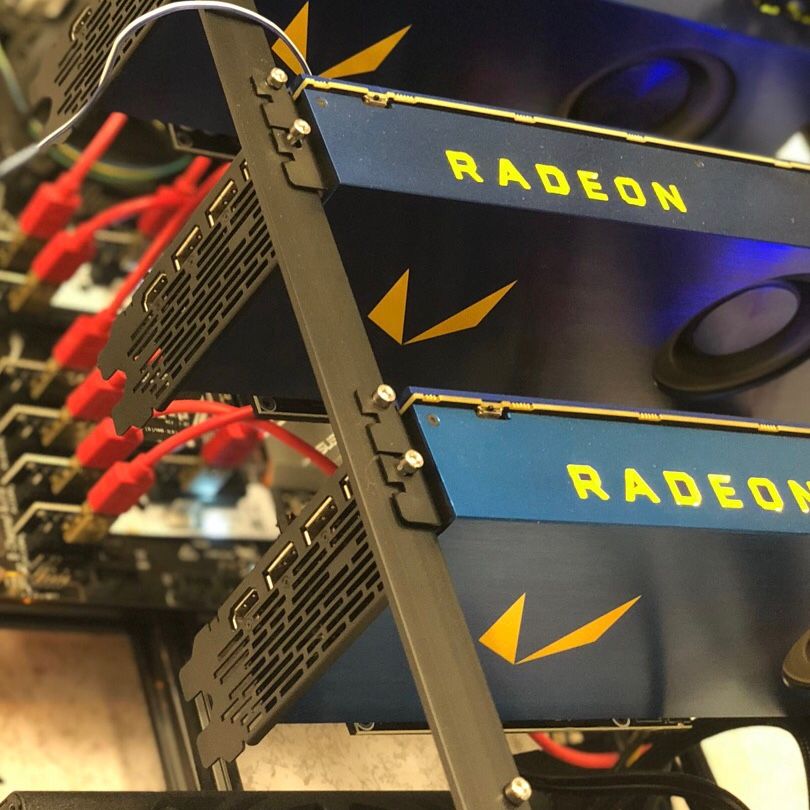
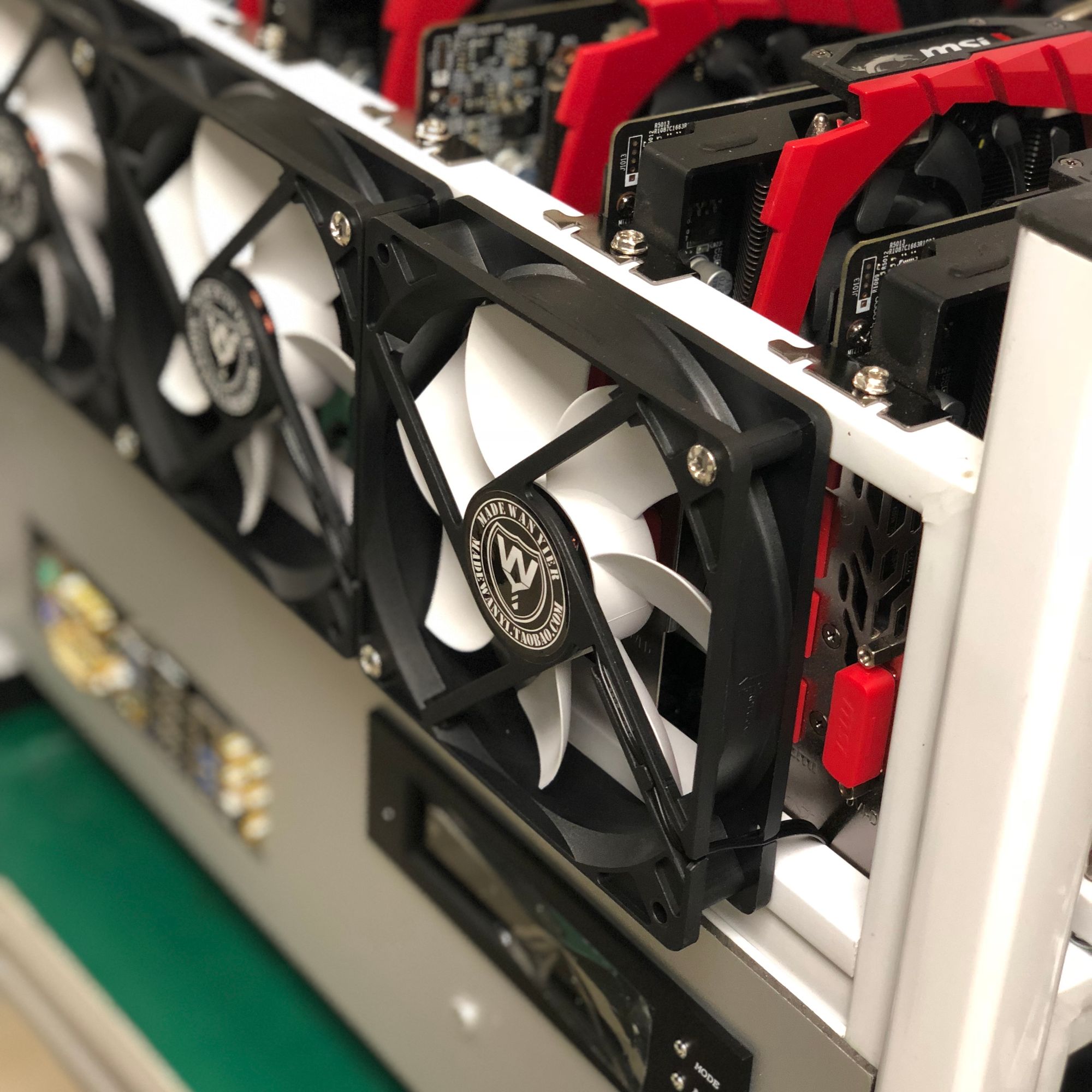
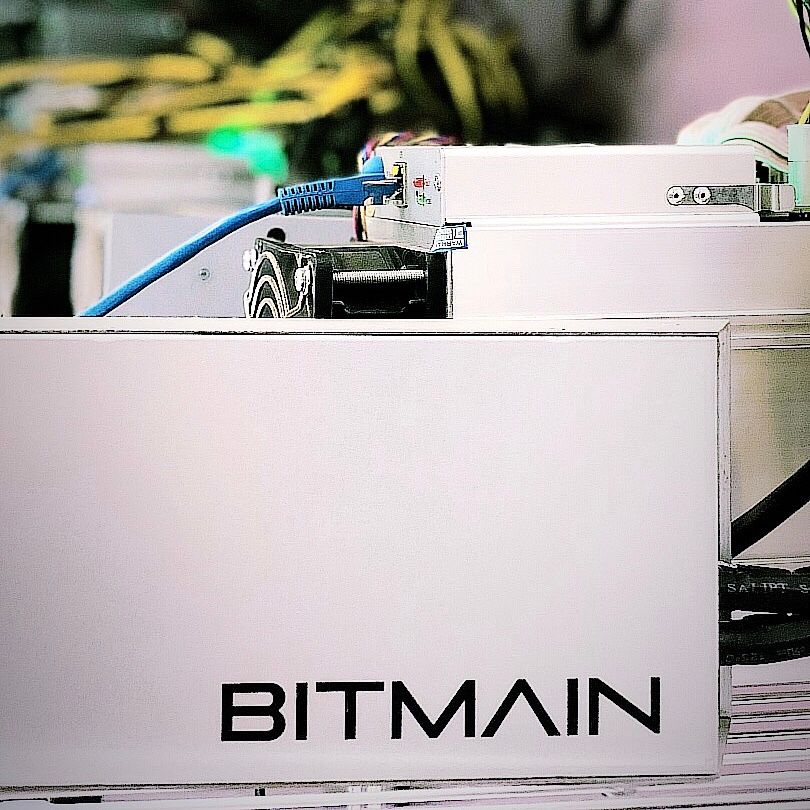
Cryptocurrencies have gained enormous global popularity, and the original cryptocurrency, Bitcoin, is currently valued ~$9,000. All cryptocurrencies rely on an ecosystem of stakeholders with a system of checks and balances, but we’ll focus on Bitcoin today.
Who are these stakeholders?
- 💁♀️ Users who control private keys (passwords) that let them hold and transfer funds to other users. (e.g. You)
- 👷♂️ Miners who contribute electricity and computational power to run and maintain the network. (e.g. Antpool)
- 🔀 Exchanges who hold funds for users (e.g. Coinbase) and allow users to trade or swap between currencies.
- 📡 Node operators who keep a record of all transactions, and provide services that let you send money through your web browser (e.g. MetaMask) or a computer system.
Let’s use an example of how these different players work together:
Phil buys a cup of coffee with bitcoin.
I ( 💁♀️)have an app on my phone called “Coinbase Wallet” ( 🔀) that contains bitcoin. At the local coffee shop, I notice that they now offer an option for checkout with cryptocurrency. I open the app, pull up the QR scanner and scan the barcode that appears on the point-of-sale system ( 📡).
Look at that! We’ve covered 3/4 stakeholders already. Quick recap:
💁♀️I own cryptocurrency, either by purchasing it, earning it through mining, or being gifted currency from someone else. I hold my cryptocurrency on an 🔀exchange that makes it easier for me to access it. They do all the hard work of building the app and making sure I can use it on mobile. The coffee shop’s 📡 point of sale system, like a credit card reader, has a feature that lets it accept cryptocurrency. This means the coffee shop can keep track of who sent them money without needing to keep their own computer running 24/7.
So, what do miners do?
The magic of cryptocurrencies, and Bitcoin in particular, is the delicate balance that is struck between 💁♀️people who want a service (i.e. spending money), and capital driven businesses that will perform a service in exchange for a fee.
These businesses that keep the network running are called miners.
Miners are individuals or organizations who maintain a network of computers that run 24/7 and make sure that your coffee purchase is accepted by the merchant. They make money in two ways:
- Collecting small fees from each transaction
- Earning rewards for keeping transactions in order
The way it works is like this:
👷♂️Miners are like people standing in a crowded room with many conversations happening at once. They hear snippets of conversation, but their position in the room determines what they hear first.
They do this by running a program on their computer that lets them receive a broadcast of all transactions happening. This might be your coffee purchase, but it also includes all other people who are making purchases or sending money. Since many things are happening at once, the program that miners run is important to track the order of events. If I have $10, and I spend $7 on coffee (looking at you, Starbucks), then I shouldn’t be able to go somewhere and spend that same $7. The money has left my account! Instead of a bank tracking this balance, miners perform this service for us.
There are many miners who independently collect transactions and put them in order. Each miner individually collects all of the transactions that occur until they reach a certain number of transactions (e.g. 10,000 transactions) which is called a block, and then they announce to everyone else that they have the current transaction history.
You see, miners really want to be the ones who get to be right. If a miner successfully announces a block, and everybody else accepts that as the official truth as verified by their own account of the transactions that took place, then the announcer gets a prize. Right now, that prize is worth 12.5 BTC, or about $112,500 every ten minutes.
We’ve established that: (1) miners have computers that (2) collect transactions from everyone currently using the network (3) and order them into blocks (4) receiving a financial reward if they do so the fastest.
However, since lots of people are doing this at once, each miner will have a slightly different block. How do we decide which one is correct?
Math.
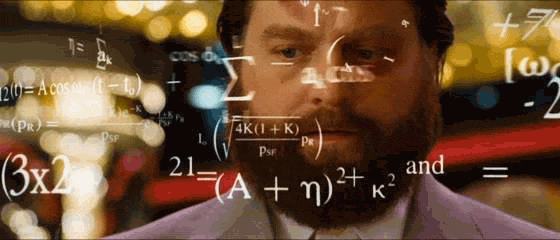
Sort of.
Every block has a certain identifying number associated with it. The number is called a hash and is something that is very easy to prove, but hard to find from scratch.
The human analogy would be something like: I could tell you if I’ve watched a particular movie before, but I couldn’t tell you every movie I’ve ever watched without a lot of effort on my part. It works easy in reverse, but hard to do the other way.
If you can successfully guess your block’s number, you can send out a message to everyone else and they will check for themselves. If you get it right, then everyone moves on and you get that sweet, sweet prize.
Guessing the block’s number is a lot like rolling dice and hoping for snake-eyes. If you can roll dice very fast, then you have a better chance at getting the result first. The special computers pictured above are the engineering equivalent of someone rolling millions of dice at once. It improves your chances, but they cost a lot.
📚 Reading
The Seasteading Institute is an ambitious project funded by famous tech-giant and libertarian Peter Thiel. The purpose of the initiative is to take advantage of the regulatory freedoms associated with the high seas and build a floating colony free of governmental oversight. The project was founded in 2008 and has worked with the government of French Polynesia to establish a floating colony offshore. Link.
Geoffrey Hinton is a luminary in the field of artificial intelligence for his continued academic work on deep neural nets, even through the “AI Winter” of the 1990’s where many researchers abandoned the idea. He recently won the Turing Award, and gave an interview where he discusses his inspiration and what is next. Link.
I recently read a book called “The Mezzanine” by Nicholson Baker. The entire book takes place in the span of ~60 minutes and contains the internal monologue of an unusually self-reflective and witty corporate employee. I don’t often laugh out loud while reading (you tend to get stares), but I really couldn’t help myself. Here is a fairly representative snippet of dialogue:
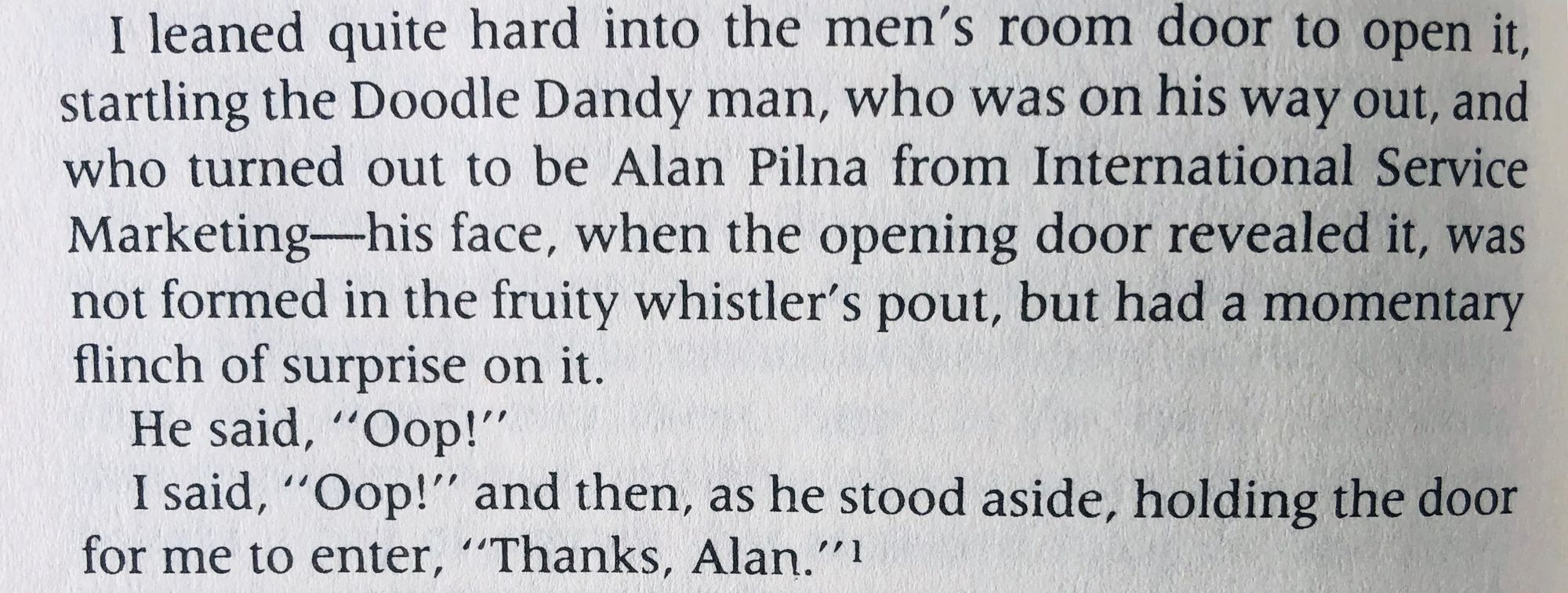
The book is full of this stuff. If you spend time in an office setting and are looking for something a bit different, I highly recommend.
Not a subscriber yet? Sign up here.